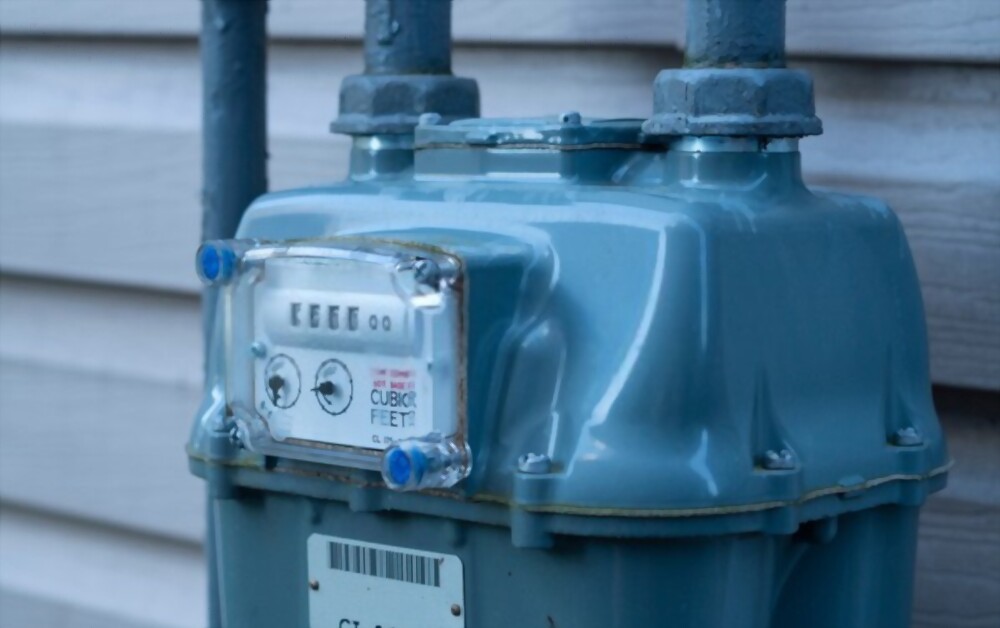Diaphragm gas meters are widely used for measuring gas consumption in residential and commercial settings. These meters are typically reliable and accurate but require periodic calibration to ensure their continued accuracy. This blog post will explore why calibration is essential and what can happen if neglected.
What is a Diaphragm Gas Meter?
Before we delve into the importance of calibration, let’s briefly define what a diaphragm meter is. This type of gas meter uses two flexible diaphragms that move back and forth in response to gas flow. The movement of the diaphragms is converted into a measurement of gas consumption.
Why is Calibration Necessary?
Over time, gas meters can drift out of calibration. This can happen for various reasons, such as wear and tear on the diaphragms, gas composition changes, or temperature or pressure fluctuations. When a gas meter is out of calibration, it can lead to inaccurate gas consumption readings. This, in turn, can result in overbilling or underbilling of customers, depending on whether the meter is reading too high or too low.
What are the Consequences of Neglecting Calibration?
The consequences of neglecting diaphragm gas meter calibration can be severe. If meters are calibrated regularly, customers may be billed correctly. This can lead to customer complaints and even legal disputes. Additionally, inaccurate meter readings can result in a loss of revenue for gas companies, as well as a loss of trust from customers.
In some cases, neglecting calibration can also be a safety issue. If gas meters are not measuring consumption accurately, detecting leaks or other safety hazards may be difficult. This could put customers and the surrounding community at risk.
How Often Should Calibration Be Done?
The frequency of diaphragm meter calibration depends on various factors, such as the age and condition of the meters, the gas composition being measured, and local regulations. Generally speaking, gas meters should be calibrated at least once every two years. However, some meters may require more frequent calibration.
It’s also worth noting that gas meters should be calibrated whenever they are repaired or replaced. This ensures that the newly installed meter accurately measures gas consumption.
How is Calibration Done?
Trained professionals should only perform calibration of gas meters. During calibration, the meter is tested against a known standard to ensure that it is measuring gas consumption accurately. The standard used for calibration should be traceable to a national or international standard.
Calibration involves adjusting the meter’s internal mechanisms to measure gas consumption correctly. Once calibration is complete, the meter is labelled with a calibration sticker that includes the date of calibration and the name of the person who performed the calibration.
Guidelines for Gas Meter Calibration
Regular calibration of gas meters is essential for ensuring the accurate measurement of gas consumption. Here are some guidelines for gas meter calibration in the UAE:
Frequency of Calibration
The frequency of calibration for diaphragm gas meters depends on several factors, including the age and condition of the meter, the gas composition being measured, and local regulations. In the UAE, gas meters should be calibrated at least once a year, per regulations from the Emirates Authority for Standardization and Metrology (ESMA). However, some meters may require more frequent calibration depending on their usage and environment.
Who Should Perform Calibration
Gas meter calibration should only be performed by trained professionals with the necessary skills and equipment. Gas companies in the UAE should have a team of technicians responsible for calibrating meters and ensuring they operate correctly. When selecting technicians for calibration work, gas companies should ensure they have the appropriate qualifications and experience.
Standards for Calibration
To ensure that gas meters are calibrated correctly, gas companies in the UAE should follow established standards for calibration. ESMA provides guidelines for gas meter calibration in the UAE. These guidelines specify the equipment and procedures used during calibration to ensure accurate measurements.
During calibration, technicians should compare the calibrated gas meter to a known standard to ensure that it measures gas consumption accurately. If the meter is out of calibration, adjustments should be made to the meter’s internal mechanisms to correct the measurement. Once calibration is complete, the meter should be labelled with a calibration sticker that includes the date of calibration and the name of the technician who performed the calibration.
Conclusion
Diaphragm gas meter calibration is crucial for ensuring accurate measurement of gas consumption. Neglecting calibration can lead to inaccurate billing, loss of revenue, and even safety hazards. To avoid these issues, trained professionals should calibrate gas meters regularly. By doing so, gas companies can ensure that they provide accurate billing to their customers and maintain a safe and reliable gas supply.

